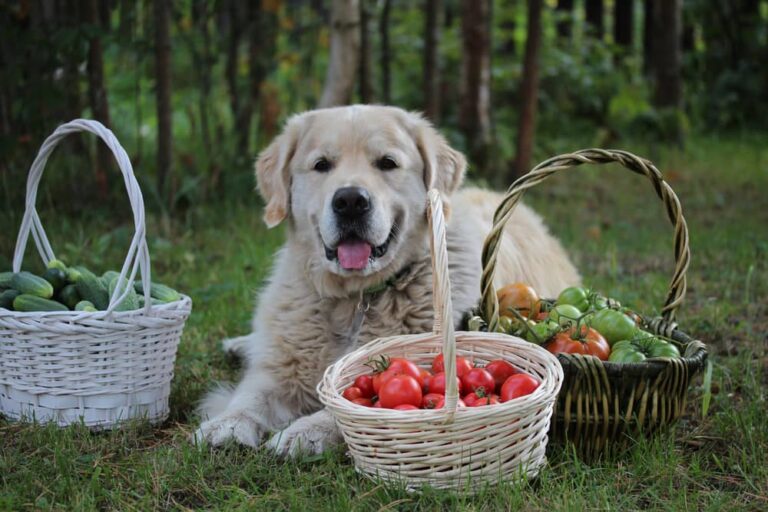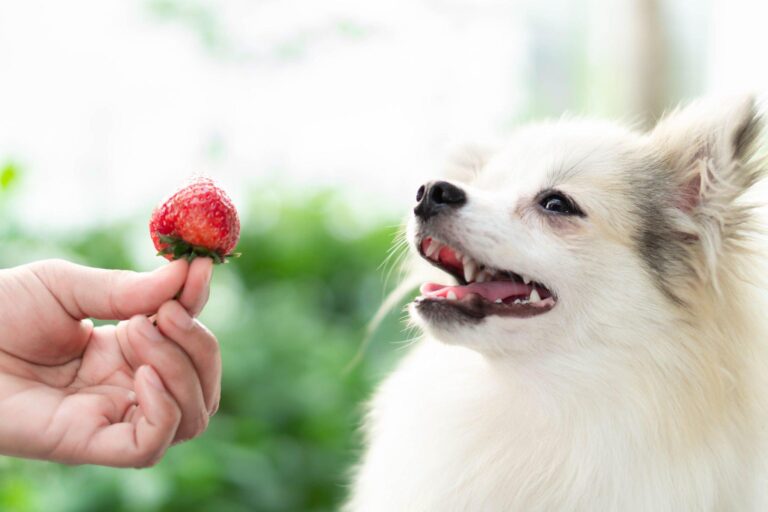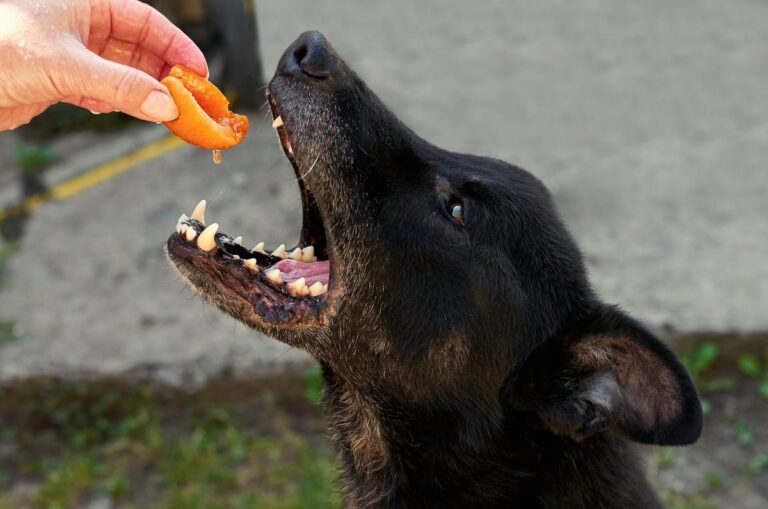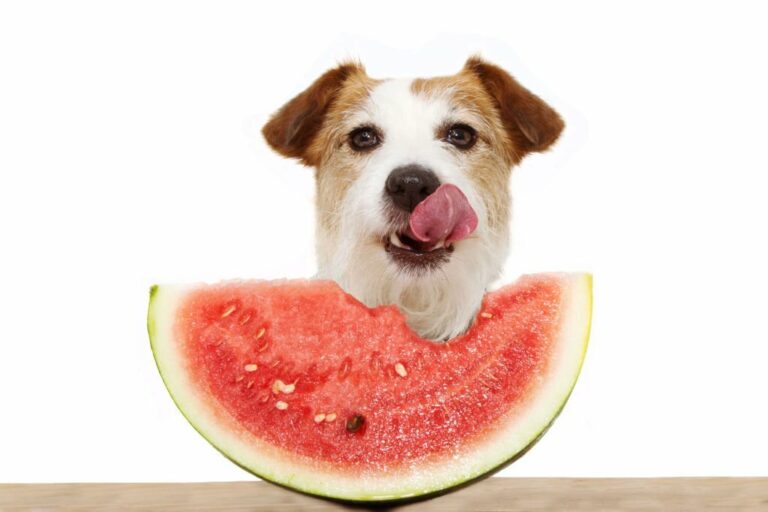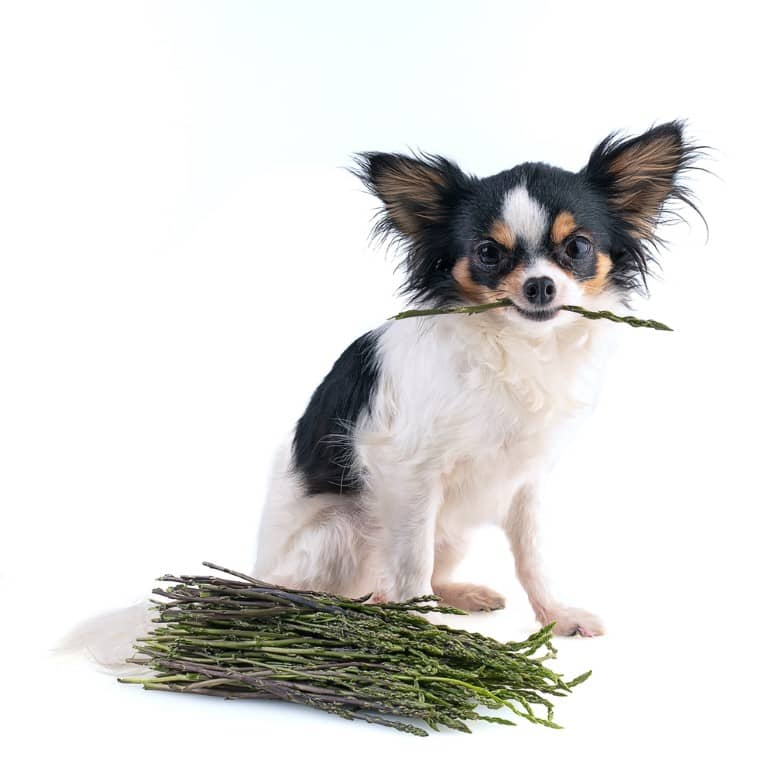Dog Fell Down stairs but seems Fine. – Brilliant Guide
Introduction
If the Dog Fell Down stairs but seems Fine, just remember it is not fine and see the dog health tips. Dogs are vibrant, energetic animals who enjoy playing, exploring, and having fun but As pet owners, we frequently delight in their lively nature and promote their physical activity.
Yet it is important to keep in mind that dogs can sometimes suffer injuries while having fun, particularly if they are racing around, jumping, or climbing and climbing stairs.
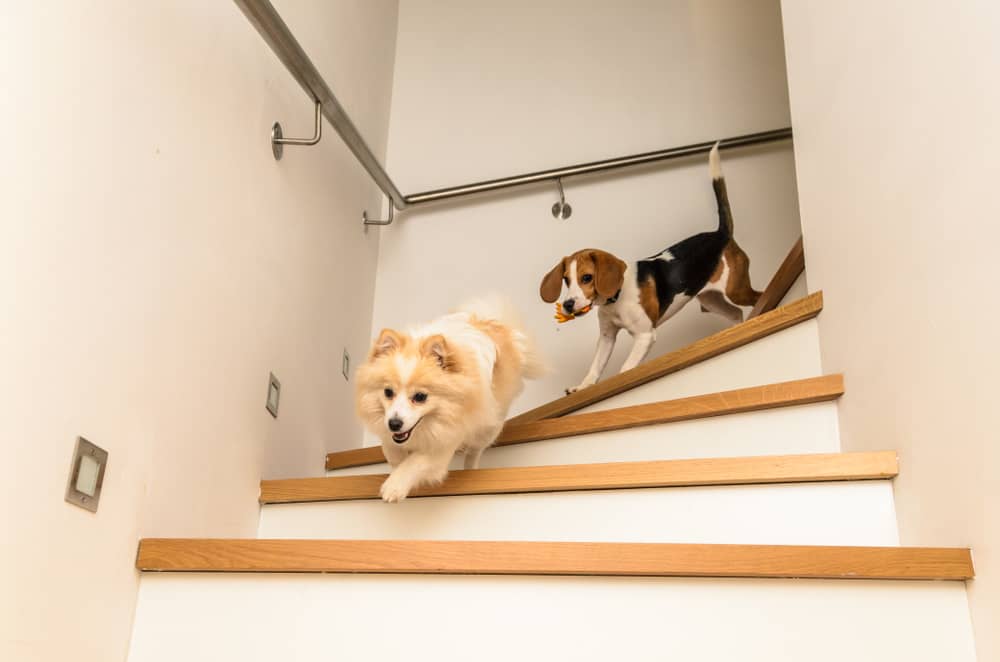
Falling down the stairs causes many pets to sustain frequent injuries. This poses a risk to your pet which can also result in high medical costs and a lengthy healing period. This article will cover both how to stop your dog fell down stairs and what to do if it does and the benefits of training your dogs the manners of stairs usage.
Why Do Dogs Slip and Dog Fell Down Stairs but seems Fine?
There are many distinct reasons why dogs can Dog Fell Down Stairs but seems Fine. They are jogging or playing too hard, which is one of the most frequent causes. Dogs who become extremely excited can race up and down stairs without being aware of their surroundings, which might result in a fall.
In addition, dogs who are elderly, have health issues that limit their movement or balance, or if the stairs are slippery, can fall down them.
Due to poor training or inadequate supervision, dogs can sometimes slide downstairs. Pet owners must determine the reason behind their dog’s fall and take action to stop it from happening again in the future.
Stopping Your Dog Fell down stairs but seems Fine.
To keep your dog safe and healthy, you must take steps to prevent stair falls. The following advice will help you keep your dog fell down stairs but seems fine.
1. Train your dog
Training your dog to use stairs safely is the first step in preventing stair falls in dogs. Starting with a small number of stairs and gradually increasing them will enable you to train your dog to climb stairs.
Use goodies to encourage your dog to climb the steps and give them praise when they succeed. Take it easy and be patient if your dog seems suspicious or afraid.
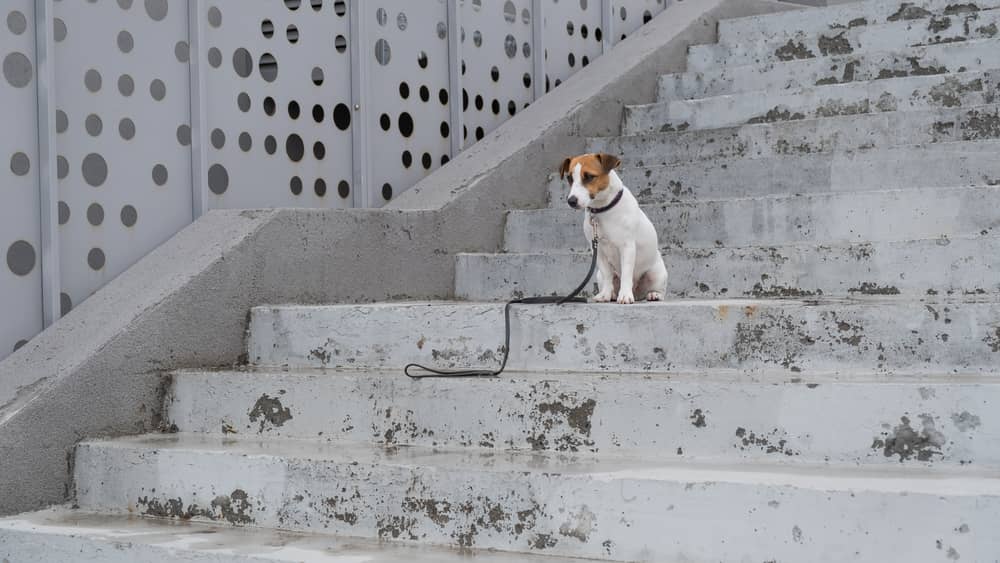
2. Monitor your dog.
Every time your dog is near stairs, you should keep an eye on them. Make sure kids are not racing up and down the stairs or jumping from one step to the next by keeping an eye on them.
Consider utilising a barrier or block to keep your dog from accessing the stairs if you are unable to keep an eye on them.
3. Secure the steps.
Make sure your dog can safely use the stairs. To prevent your dog jumps down stairs, keep them free from trash and other objects. To further prevent your dog from slipping, think about covering the steps with carpet or adding non-slip treads.
4. Maintain the health of your dog.
Make sure your dog is active and healthy. Your dog’s chance of tumbling down stairs can be decreased with regular exercise and a healthy diet, which can help keep its muscles and bones strong.
5. Give a lift or a Ramp:
If your dog is elderly or has mobility concerns, think about getting them a ramp or lift so they can get to different rooms in your house without using the stairs.
6. Building Traction
Dogs are vulnerable to slipping on slick surfaces like tiled or hardwood steps. Think about giving the steps some traction to prevent this. To offer grip and avoid slipping, use carpet runners or stair treads.
7. Lighting
To avoid stairway mishaps, proper lighting is necessary. So that your dog can see where they are going, make sure the stairs are well-lit. To make the staircase easier for your dog to walk, provide more lights if necessary.
Nutrition Requirements for Dogs
Food and Dietary Requirements
- Banana: Dogs can enjoy the natural sweetness and health benefits of bananas in moderation.
- Asparagus: A nutritious veggie that can be a crunchy and tasty treat for your furry friend.
- Strawberry: Rich in vitamins, strawberries make a delightful occasional snack for dogs.
- Orange Chicken: Plain cooked chicken without spices or sauces can be a safe protein source for dogs.
- Almond Butter: Avoid almonds, but dogs can indulge in unsalted and unsweetened almond butter as an occasional treat.
- Quesadilla: Plain tortilla with a small amount of cheese can be a simple treat for dogs.
- Pita Bread: A small piece of plain pita bread can be given as an occasional snack.
- Ricotta Cheese: Dogs may enjoy a little ricotta cheese as an occasional treat, but avoid excessive amounts.
- Provolone Cheese: Offer a tiny piece of provolone cheese as a special reward for your furry companion.
- Banana Pudding: Plain banana pudding without additives or artificial sweeteners can be an occasional treat.
- Watermelon: A refreshing and hydrating fruit that dogs can enjoy in small, seedless portions.
- Coffee Chew Wood: Coffee and any type of wood should be kept away from dogs, as they are harmful.
- Oatmeal Cream Pie: Avoid sugary snacks like oatmeal cream pies, as they are not suitable for dogs.
- Teriyaki Sauce: Skip the teriyaki sauce, as the high sodium content is unhealthy for dogs.
- Mushroom Cream Soup: Keep creamy soups, especially those with mushrooms, away from your furry friend.
Nutritional Benefits of Vitamins and Minerals
Vitamins and Nutritional Pros and Cons
- Banana:
- Vitamin B6:
- Pros: Supports metabolism, immune system, and red blood cell production.
- Cons: Overconsumption may cause gastrointestinal upset due to high fiber content.
- Vitamin C:
- Pros: Acts as an antioxidant, boosts the immune system, and promotes healthy skin.
- Cons: Dogs produce their own vitamin C, so supplementation is usually unnecessary.
- Vitamin B6:
- Asparagus:
- Vitamin A:
- Pros: Essential for vision, immune function, and cell growth.
- Cons: High-fiber content may lead to stomach upset if given in large quantities.
- Vitamin C:
- Pros: Supports the immune system and helps absorb iron.
- Cons: Overfeeding may lead to gas or mild digestive issues.
- Vitamin A:
- Strawberry:
- Vitamin C:
- Pros: Provides a boost to the immune system and has antioxidant properties.
- Cons: Should be given in moderation due to natural sugars.
- Vitamin C:
- Orange Chicken:
- Vitamin B6:
- Pros: Supports metabolism and brain health.
- Cons: Avoid giving chicken with spices or sauces, which can be harmful.
- Vitamin B6:
- Almond Butter:
- Vitamin E:
- Pros: Protects cells from damage and promotes healthy skin and coat.
- Cons: Almonds themselves can be a choking hazard, so avoid direct consumption.
- Vitamin E:
- Quesadilla:
- Vitamin B6:
- Pros: Supports energy metabolism and nervous system function.
- Cons: High-fat content in cheese may lead to weight gain if given excessively.
- Vitamin B6:
- Pita Bread:
- Various B Vitamins:
- Pros: Essential for energy metabolism and nerve function.
- Cons: Pita bread can be high in carbohydrates, so feed in moderation.
- Various B Vitamins:
- Ricotta Cheese:
- Vitamin A:
- Pros: Important for vision and immune system support.
- Cons: High-fat content, so feed in small amounts to avoid weight gain.
- Vitamin B12:
- Pros: Supports nerve function and red blood cell production.
- Cons: Excessive consumption may lead to gastrointestinal upset.
- Vitamin D:
- Pros: Aids calcium absorption and supports bone health.
- Cons: Over-supplementation can lead to toxicity, as dogs can’t regulate vitamin D as effectively as humans.
- Vitamin K:
- Pros: Crucial for blood clotting and bone health.
- Cons: Excessive vitamin K can interfere with blood-thinning medications.
- Calcium:
- Pros: Essential for bone and teeth health, muscle function, and nerve transmission.
- Cons: Over-supplementation can lead to skeletal problems and urinary issues.
- Vitamin A:
- Provolone Cheese:
- Vitamin A, Vitamin B12, Vitamin K, Calcium:
- Pros: Similar to ricotta cheese, these vitamins and minerals offer various health benefits.
- Cons: High-fat and sodium content, so feed in moderation to avoid health issues.
- Vitamin A, Vitamin B12, Vitamin K, Calcium:
- Banana Pudding:
- Vitamin B6:
- Pros: Supports metabolism and various body functions.
- Cons: Pudding may contain added sugars and artificial ingredients, which are not suitable for dogs.
- Vitamin B6:
- Watermelon:
- Vitamin A, Vitamin B6, Vitamin C:
- Pros: Provide essential vitamins and hydration.
- Cons: Remove seeds and feed seedless watermelon in small portions to prevent choking.
- Vitamin A, Vitamin B6, Vitamin C:
Also Read: Chihuahua Jack Russel Mix- Ultimate Guide
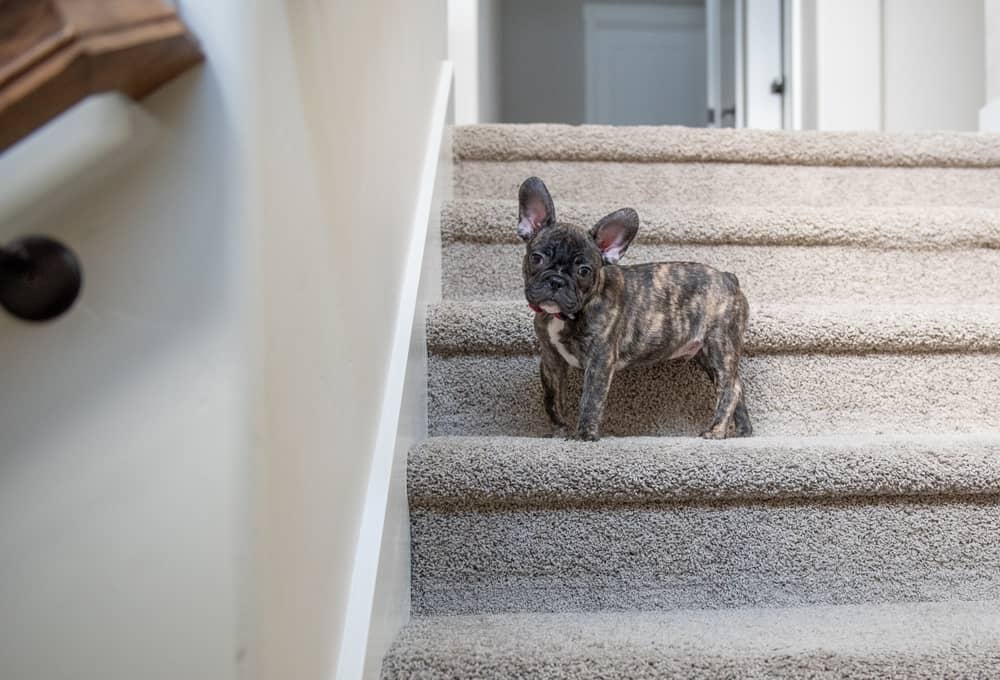
How to Handle a Puppy fell down stairs but seems fine?
Accidents can still occur despite your best efforts. Here is what you should do if your dog is down the stairs:
1. Be Composed:
Keep your calm if your dog slips down the steps. Your response can change how your dog behaves because they might be terrified or in pain.
2. Examine your dog’s wounds.
Look for any wounds on your dog, such as cuts, bruises, or fractured bones. Apply pressure to the area if your dog is bleeding or has an open wound, and then get them to the doctor right away.
3. Consult with your Veterinarian:
It is important to call your veterinarian as soon as possible if your dog falls down the steps. Your dog’s injuries can be evaluated by your veterinarian, who can also provide the required care.
Also Read: Big Muscular Pitbull Tips
4. Rest and healing
Your dog could need to rest and heal for a few days or weeks, depending on the severity of their wounds. Provide your dog with a cosy and peaceful place to recover while adhering to your vet’s recommendations for rest and recovery.
5. Take action to avoid falling again.
Make sure your stairs have adequate lighting and are clutter-free to avoid further accidents. If you cannot keep an eye on your puppy, you might also want to think about putting up a baby gate or other barrier to keep them from going up the stairs.
Keep in mind that prevention is always preferable to treatment. While your dog is near the stairs, it is advisable to keep an eye on them and take the appropriate safety measures to avoid any mishaps in the first place.

Also Read: Raw Diet For Dogs With Allergies – Ultimate Guide
Teaching Your Puppy to Use Stairs Safely: How Important It Is?
1. Avoid Accidents
Without proper training, dogs are more likely to tumble or slip, which can cause catastrophic injury. You can avoid mishaps and keep your pet safe by training your dog how to use the stairs securely.
2. Encourage Independence
A dog’s daily routine frequently involves stairs, especially if they reside in a multi-level home. You can encourage your dog’s independence and give them the freedom to move about unrestricted by your continual supervision by teaching them how to use stairs safely.
3. Minimize Anxiety:
Untrained dogs can experience anxiety or terror when using stairs, which can result in a variety of behavioural problems. Your dog can feel more secure and at ease using stairs, which can reduce their anxiety if you train them to do so properly.
Also Read: Amazing Homemade Dog Food for Dogs with Allergies
4. Enhance Physical Health
A fantastic approach to keep your dog physically active and healthy is to use the stairs. You can encourage your dog to get more exercise and maintain good physical condition by teaching them how to use stairs properly.
5. Boost Your Relationship with Your Dog
A good opportunity to strengthen your relationship with your pet is to train it to use stairs safely. It enables you to spend time with your dog while imparting knowledge that will keep them safe and healthy.

Conclusion
In conclusion, dogs falling downstairs is a major problem that can result in pain and injury for our furry friends. It is our duty as pet owners to take precautions to guarantee the safety of our animals.
Effective strategies to reduce accidents include installing safety gates, using non-slip matting, keeping an eye on our dogs, and teaching them how to use stairs securely.
Accidents are still a possibility, therefore it is important to be ready and educated on what to do in the case of one. To ensure our pets’ health, we must seek out expert veterinarian care and help in their recovery from wounds.
We can help prevent accidents and protect our pets’ safety and health by following these precautions and being ready. It is our responsibility to take all reasonable precautions to keep our beloved friends from tumbling down the stairs because they depend on us to keep them safe.

